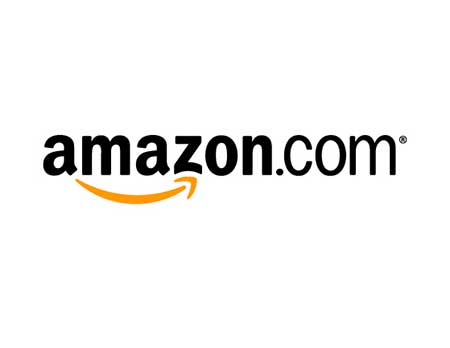Guest Blog: Amazon Brings Subscription Model to Prime Time

By now, you’ve probably heard that Amazon has opened its Prime Video streaming service to people who want to pay for it as a standalone subscription. Price: $8.99 a month.
Previously, the only way to get Prime Video was by purchasing an annual Amazon Prime membership for $99. The old model offered video content as an extra when you paid for Amazon Prime.
The new model puts Amazon into direct competition with Netflix. And the media have been predictably abuzz over the coming clash between the two companies. Sure, it’s a good story. Internet titans do battle for the hearts and minds of streaming media subscribers. But the underlying story is just as good, at least for those of us who work in the industry. The Amazon-Netflix competition shows that the subscription model represents the future of business. Not just the content business but business in general.
Related: Bezos—Amazon Doesn’t Compete With Netflix
Amazon took a simple step: instead of one subscription service, offer two. Give consumers the option to pay $99 a year for Amazon Prime and get free two-day shipping and video content. Or give them the option to pay $8.99 a month for Prime Video and access to Amazon’s vast library of TV shows and movies, as well as its growing list of original productions.
So the college kid on a budget who would likely not pay $99 a year for Amazon Prime now has a much easier time breaking off the $8.99 for Prime Video. And, five years from now, when the kid is an adult with a career and a decent salary, he’s more likely to upgrade his subscription to full Amazon Prime.
It’s a smart move by Amazon. After all, why would Amazon CEO Jeff Bezos invest $50 million to produce an Emmy-winning television series then put a $99 velvet rope across the door? He gets a lot more bang for his investment buck if he opens access to more people at $8.99 and then upsells those people to $99 at some later date.
Related: Digital to Overtake Physical Home Entertainment in U.K.
Amazon’s ultimate goal is to attract a very large annual revenue spend from every household on the planet—people buying not just shoes and makeup and electronics but also entertainment and other online services. And Amazon increasingly believes that the subscription model is the best way to do that. The world’s most successful merchant has decided that one-off purchases are no longer the future. Instead, Amazon will embrace the recurring revenue model.
It makes sense. People everywhere like the subscription model. We now buy everything from meals and mascara to razors and toilet paper via subscription services. Personally, I don’t subscribe to a toilet paper service because I like thinking about toilet paper. I do it because I don’t like thinking about toilet paper. The idea is to automate my purchases so that I always have what I need without having to think about it.
Many businesses, of course, are still reluctant to embrace the subscription model, mainly because they fear it will prevent maximal monetization of customer value. In every business there is a certain class of customer—in the gaming world they’re called whales—who will pay absolutely full price for everything. Although a small group, they drive much of the revenue for game publishers.
Guest Blog: What CBS All Access Reveals About the Future of Television
This is why some companies are reluctant to offer subscriptions. Say you sell streaming video content and you have a group of customers who are price insensitive and gladly pay $5 for each and every show of their favorite series. At 20 shows per season, that comes to $100 per viewer. So why give them access to your entire library for less than that?
But this logic is shortsighted, not to mention devoid of mathematical reasoning. The reality is that the vast majority of customers aren’t price insensitive and the subscription model is a great way to access them on an ongoing basis. What’s more, subscription services can help companies better predict their revenue through recurring sales. They can more easily calculate the lifetime value of a customer, manage inventory, offer competitive pricing and ultimately strengthen the customer relationship.
In the future, I see an innovative company like Amazon getting very creative with subscription services. For instance, I can envision Amazon offering a bundled service for video and audio—as well as a subscription service for the online storage of that content.
So the media can talk all they want about Amazon going to war with Netflix. Who wins? Who loses? Who cares? Not me. I’m far more interested in the fact that Amazon is getting serious about the subscription model and figuring out the best way to implement it across the entire business. That’s the show I want to watch.
Gene Hoffman is CEO of Vindicia, a payment service provider founded in 2003 that helps digital business build subscription and recurring revenue.
Broadcasting & Cable Newsletter
The smarter way to stay on top of broadcasting and cable industry. Sign up below



